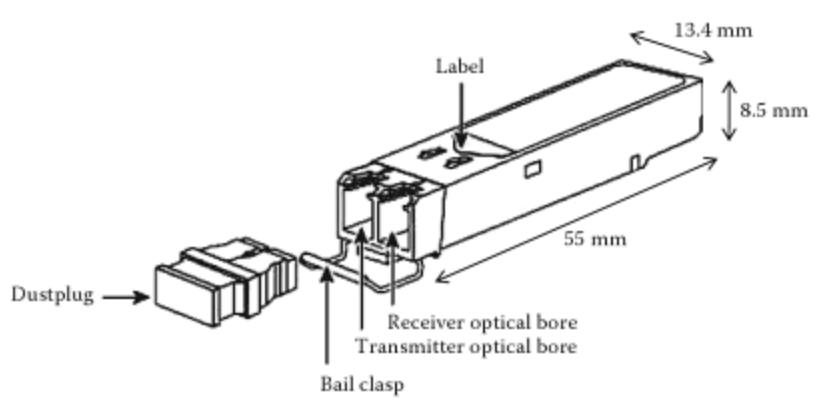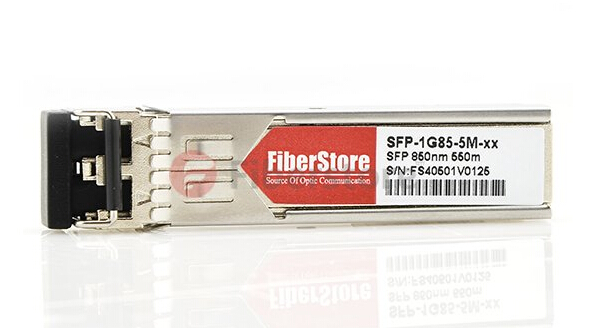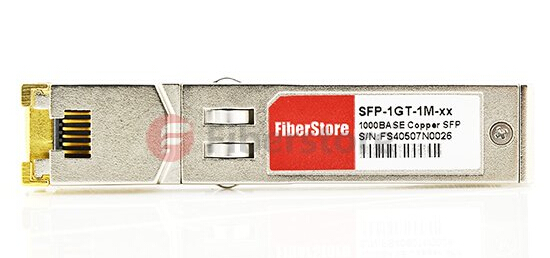A FI is the core component of a UCS solution. FIs are typically configured as highly available clustered pairs in production environments. It’s possible to run a single FI-based design as a proof of concept test deployment before actually implementing it in production. FIs provide the following two capabilities:
- Network connectivity to both LAN and SAN
- UCS infrastructure management through the embedded management software, UCSM, for both hardware and software management
FIs are available in two generations, namely Cisco UCS 6100 series and Cisco UCS 6200 series. The core functionality is the same in both generations; however, UCS 6200 series has a newer generation Application Specific Integrated Circuit (ASIC), higher throughput, and increased number of physical ports. Both generations can be upgraded to the latest UCSM software.
FIs provide converged ports. Depending on the physical Small Form Factor Pluggable (SFP) transceivers and FI software configuration, each port can be configured in different ways. Cisco 200 series FI ports can be configured as Ethernet ports, Fiber Channel over Ethernet (FCoE) ports, or Fiber Channel (FC) ports. On the other hand, 6100 series converged ports only support Ethernet and FCoE (they also support FC, but only in the expansion slot).
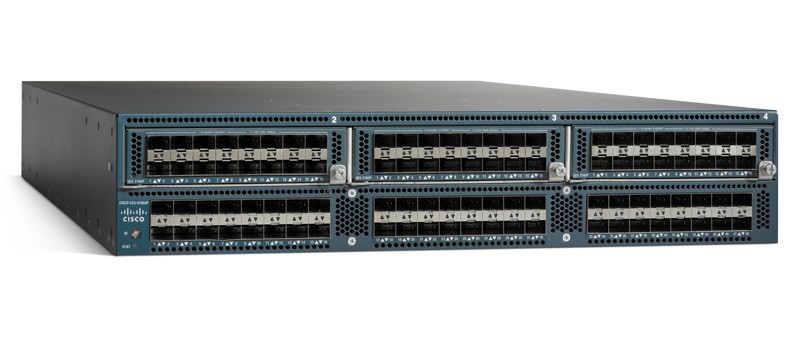
In production, FIs are deployed in clustered pairs to provide high availability. Cisco-supported implementation requires that clustered FIs be identical. The only possibility for having different FIs in a cluster is during a cluster upgrade.
Exploring Connectivity Transceivers for FIs
A variety of SFP transceivers are available for The Cisco UCS 6200 series. These transceivers provide south-bound IOM connectivity and north-bound network and storage connectivity. They are based on industry-standard SFP+ specifications.
Transceivers can be selected depending on the technology, for example, Ethernet or FC, and also according to the distance requirements. For shorter distances between FIs, IOMs, and north-bound network switches, twinax cables with integrated SFP is an economical alternative as compared to fiber optic SFP.
The most commonly used transceivers include following:
- Cisco SFP-10G-SR: This is a multimode optical fiber 10Gbps Ethernet SFP that can be used for distances up to 400 meters.
- Cisco SFP-10G-LR: This is a single-mode optical fiber 10Gbps Ethernet SFP that can be used for distances up to 10 Km.
- Cisco SFP-10G-TET: This is a low power consuming multimode fiber optic 10Gbps Ethernet SFP that can be used for distances up to 100 meters.
- Cisco SFP-H10GB-CuxM: These are the twinax cables providing low cost 10Gbps Ethernet connectivity and are available in 1, 3, 5, 7 and 10 meter configurations.
- Cisco SFP-H10GB-ACU10M: This is a 10-meter-long twinax cable providing 10Gbps Ethernet. At a length of 10 meters, this cable requires active transceivers at both ends.
- Cisco GLC-T: 1000BASE-T SFP or SFP-compatible ports only,these are based on the SFP Multi Source Agreement (MSA) and compact RJ-45 connector assembly. For SFP-compatible ports only.
- Cisco GLC-SX-MMD: These modules supporting dual data-rate of 1.25Gbps/1.0625Gbps and 550m transmission distance with MMF, for SFP-compatible ports only.
- Cisco GLC-LH-SMD: These modules supporting dual data-rate of 1.25Gbps/1.0625Gbps and 10km transmission distance with SMF, for SFP-compatible ports only.
- DS-SFP-FCxG-xW: These are multi-mode and single-mode fiber optic FC transceivers that are available at 2, 4, and 8Gbps transfer speeds.
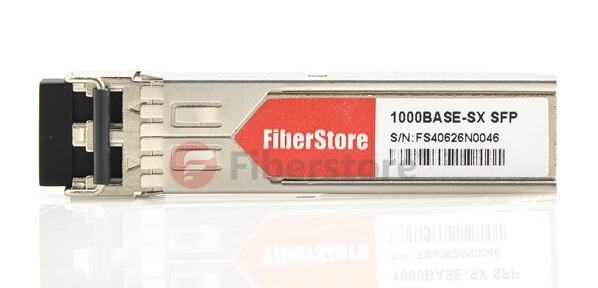
Where to buy These Optical Transceivers
Fiberstore provide a full range of optical transceivers, such as SFP+ (SFP Plus) transceiver, X2 transceiver, XENPAK transceiver, XFP transceiver, SFP (Mini GBIC) transceiver, GBIC transceiver, CWDM/DWDM transceiver, 40G QSFP+ & CFP, 3G-SDI video SFP, WDM Bi-Directional transceiver and PON transceiver. All our fiber transceivers are 100% compatible with major brands like Cisco, HP, Juniper, Nortel, Force10, D-link, 3Com. They are backed by a lifetime warranty, and you can buy with confidence. We also can customize optical transceivers to fit your specific requirements.
Article Source: Fiber Optic Transceiver

